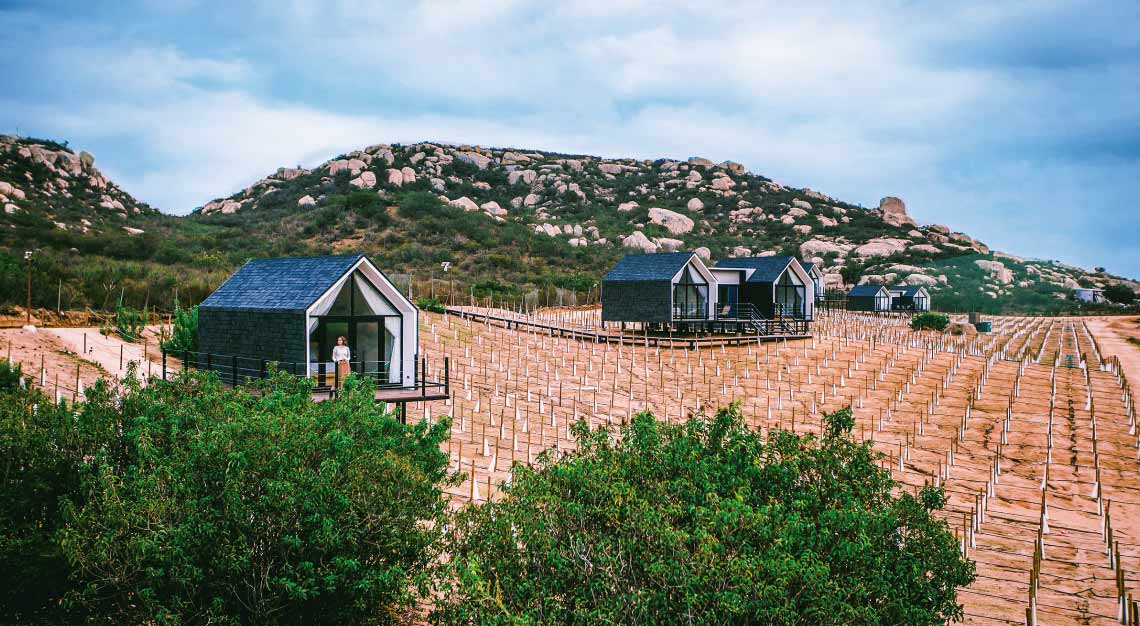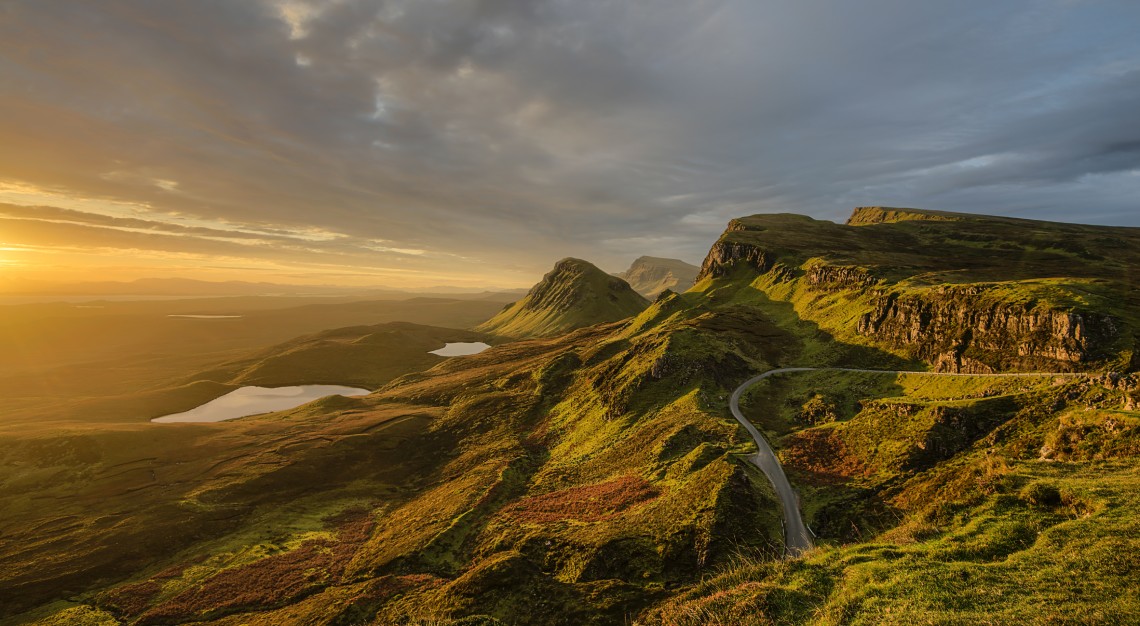Changing weather and emerging fortunes are conspiring to create promising vineyards in wholly unexpected places
The world of wine has always operated on its own schedule, because after all, greatness takes time. It generally requires many seasons for a vineyard to mature to the point at which the vines produce wine with serious ageing potential. In the big picture, some European regions have spent a millennium or more to refine the taste profiles of their bottlings.
But the combination of rapidly evolving technology, emerging international economies and the progressing effects of climate change has scrambled the traditional map and fast-forwarded the timeline. There’s now good wine from Virginia, Israel and Brazil, but some countries we know and love – such as South Africa and Australia – have regions that may not be able to continue making the excellent wine we’re used to because of heat, drought and fires.
Amid the chaos, happy surprises are in store in the coming years, as we’ll soon discover as we scroll down.
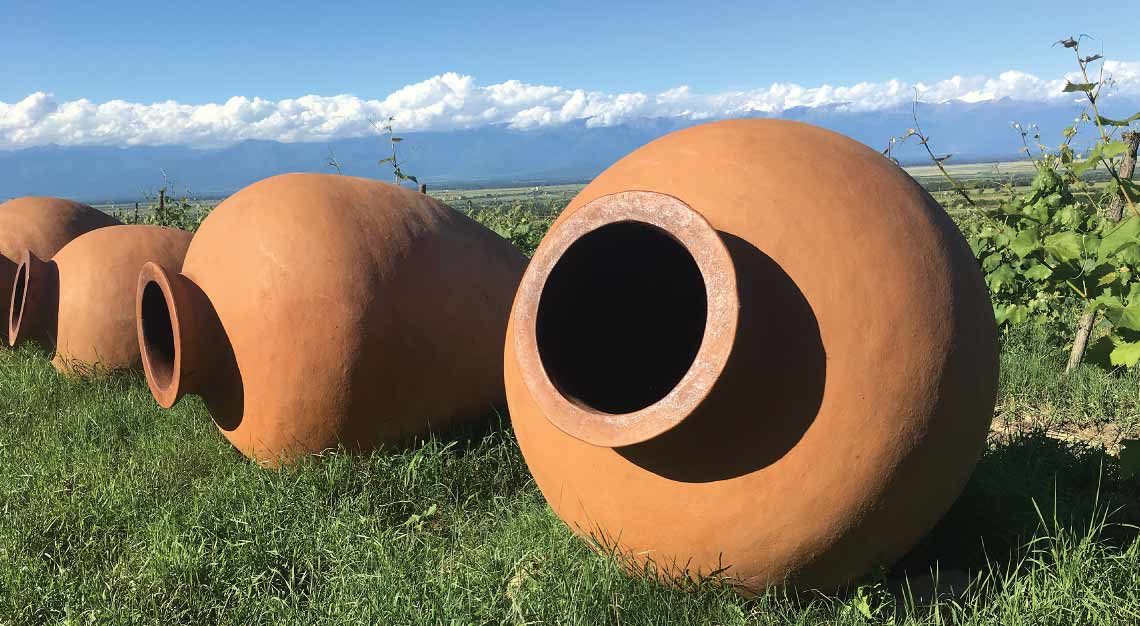

Georgia
Georgian wine may present the perfect blend of storied past and exciting future. “It’s an ancient tradition, at least 8,000 years old,” says John Wurdeman, an American wunderkind impresario of Georgian grapes. “American hipster wine bars are serving orange wines from there, made in clay pots, to rebel against the status quo Bordeaux and Napa wines they think are boring.”
True enough, the bottles are popping up at places like wine bar Ten Bells on New York’s Lower East Side as well as at the Michelin-starred Washington DC restaurant Maydān. Wurdeman co-founded Pheasant’s Tears, a boutique natural winery that makes 15 or 16 bottlings every year. It’s the Georgian winery with perhaps the most US snob appeal, but it’s not alone. Wine imports from Georgia to the US almost doubled in 2019 over 2018. Wurdeman employs the most distinct tradition of the country, fermenting all his wines in qvevri, the traditional clay pots that are buried in the ground.
“American hipster wine bars are serving orange wines from there, made in clay pots, to rebel against the status quo Bordeaux and Napa wines they think are boring.”
The old ways are part of Georgia’s unique story, but so are modern wine-making techniques – even though it has taken a while to shake off the stagnation of 70 years under Soviet domination. “It’s not an easy history” is how Wurdeman puts it.
Since the country has some 500 varieties of grapes, you can give up on getting a handle on the full range of Georgian offerings, but among white, you’ll see Mtsvane, Kisi and Rkatsiteli grapes; among reds, Saperavi. But, says Wurdeman, “If people try one Georgian wine, it’s often orange, since so many of our grapes lend themselves to that expression”. His Pheasant’s Tears 2018 Mtsvane Amber Wine is an example of the quirky, intense and appealing style, which more people are discovering.
It’s no wonder that Granik says: “In a generation, we’ll see more varieties and better quality. The best Georgian wines are yet to come.”
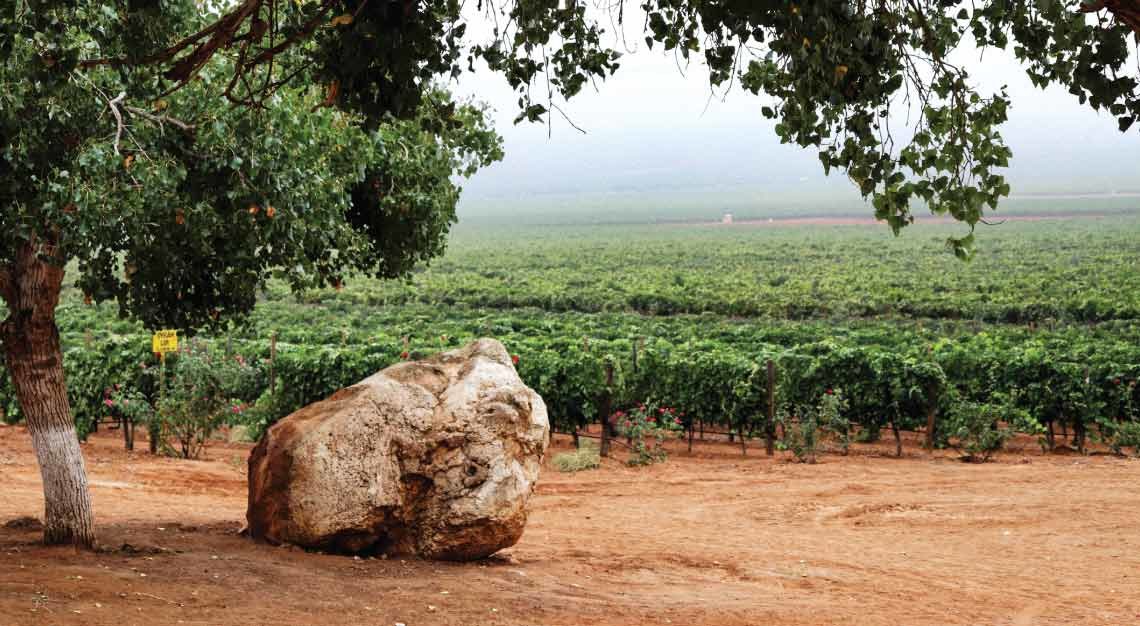
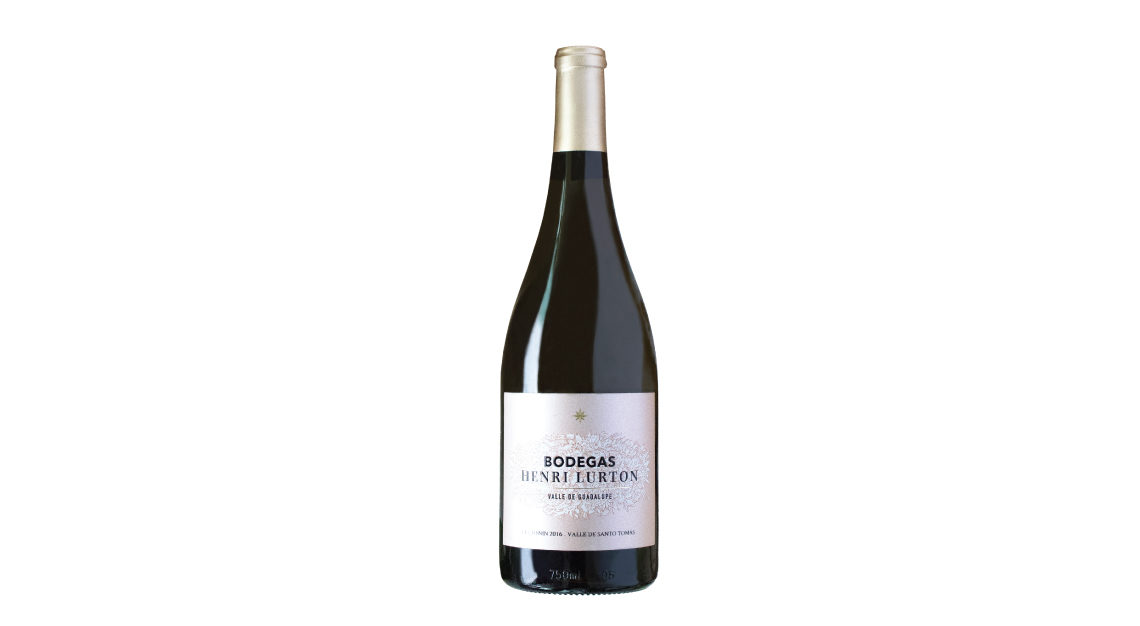
Valle de Guadalupe, Mexico
In the past five years, the idea of wine from Mexico went from crazy-sounding to very enticing. A mere 113km drive south of the US-Mexico border on the Baja Peninsula is Valle de Guadalupe, where some 150 wineries, mostly small operations, have sprouted up to take advantage of wine-friendly conditions. The region produces 90 per cent of the country’s wines.
Most well-established wine regions have rules and customs governing what gets made, but Guadalupe is in a position to experiment and see what works. “It reminds me of Paso Robles 15 years ago,” says Tomás Bracamontes, who has become a major importer of the wines through his company, La Competencia Imports. “There are no rules. You can do anything you want. Some people are making Pinot Noir and others Rhône blends.” Bracamontes’s money is on the white grape Chenin Blanc as far as up-and-comers go, and “Tempranillo is doing really well”, he adds, referring to Spain’s great red export.
The wineries may be small, but they’ve caught the attention of industry power players. Lourdes Martinez Ojeda became a talked-about winemaker with her work for Bodegas Henri Lurton, a Valle de Guadalupe venture of Bordeaux’s renowned Lurton family (they make Château Brane-Cantenac and many others). “Having this great Bordeaux family down there has really helped,” says Jeff Harding, the beverage director at Waverly Inn in New York.
Harding, who visited the region in 2018, became a fan quickly, putting Guadalupe wines on his list.
His primary recommendation is about taste. “Bigger, riper fruit” is the overall profile compared to other places. “They’re approachable and great to drink,” he adds, “and they go great with Mexican food.”
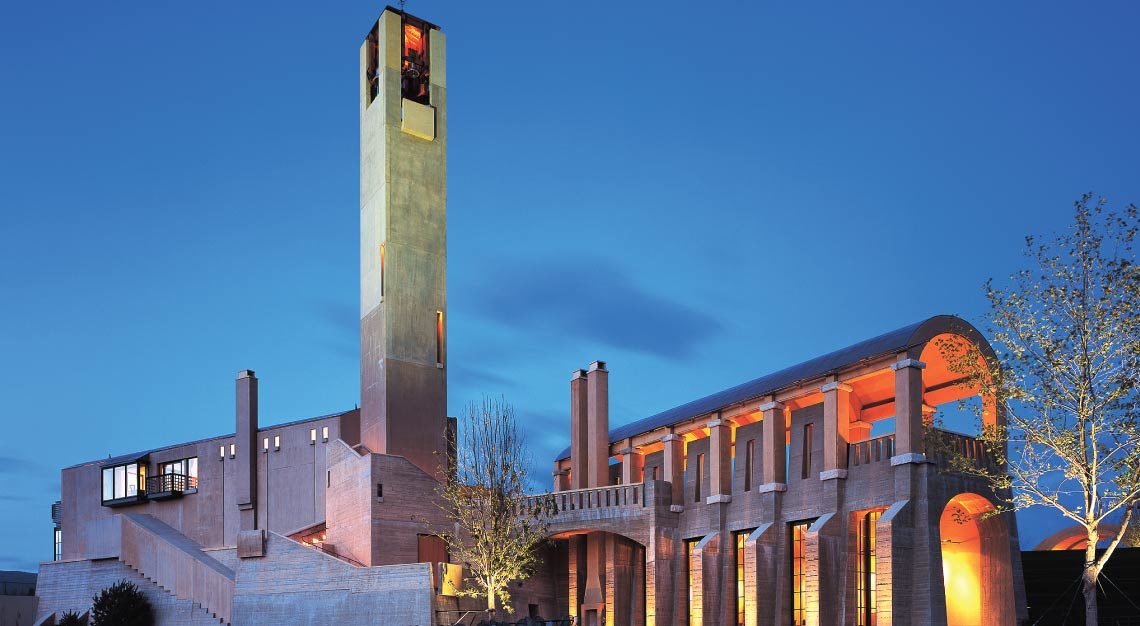

Okanagan Valley, Canada
The emerging Canadian region making the biggest impression on global palates is the Okanagan Valley in British Columbia, the southern portion of which lies just across the border from Washington State. And the valley will be only more influential in the coming years.
It’s a long, skinny area oriented on a north-south axis. In the north, it’s cooler, and Pinot Noir and Riesling grapes thrive; in the south, much hotter and home to Bordeaux red grapes such as Merlot and Cabernet Sauvignon. The prime mover in the region is Anthony von Mandl, who owns Martin’s Lane, Mission Hill Winery and three other properties that he calls the Iconic Wineries of British Columbia. “They are all managed independently,” says von Mandl, “in the same way LVMH has 75 fashion brands.”
The irony of Gore’s connoisseurship does not escape von Mandl, who said: “Little did he know it was enabled by climate change.”
von Mandl touts the unique characteristics of the area: very little rain is one (though perhaps counterintuitive, drier conditions make viticulture a lot easier). “The fruit is pristine,” he says. “It’s very easy to make pest-free wine in that environment.” An ancient history of volcanic activity and a couple of glaciations produced a large variation of rich wine soils. And climate change has an upside here. “There’s been a shift for us,” says von Mandl. “The summer warmth is different now, and Syrah and Cab are ripening in a way we haven’t seen before.”
Another wine in von Mandl’s portfolio, CheckMate 2015 Little Pawn Chardonnay, scored 100 points from well-regarded Canadian critic John Schreiner. It also happened to nab the vote of former vice president Al Gore, who ordered two cases before that review was out. The irony of Gore’s connoisseurship does not escape von Mandl, who said: “Little did he know it was enabled by climate change.”
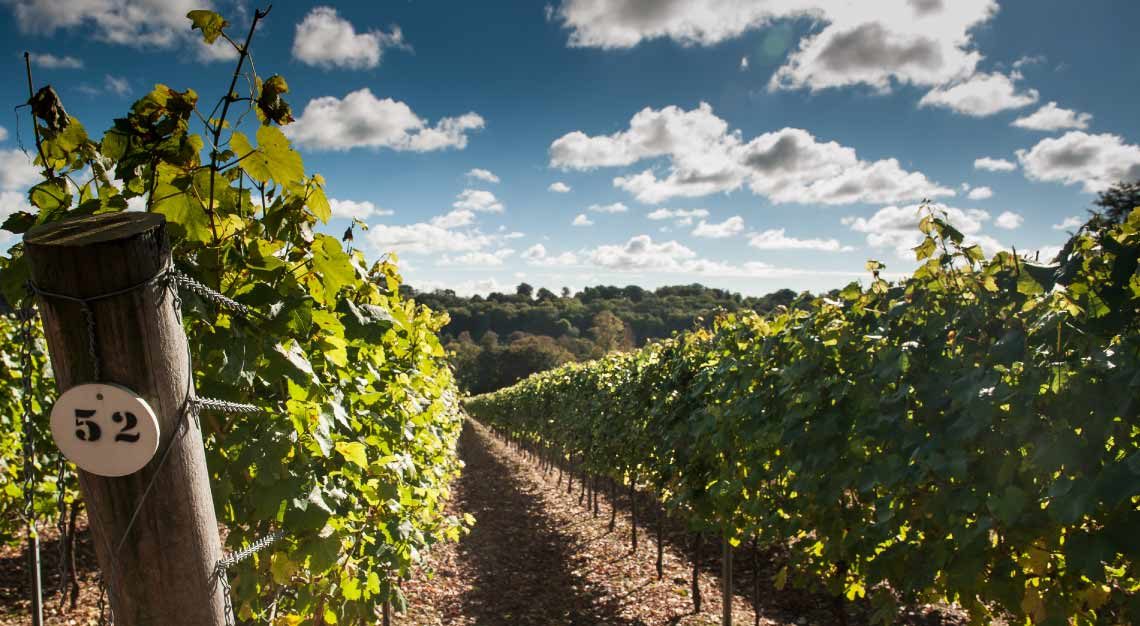

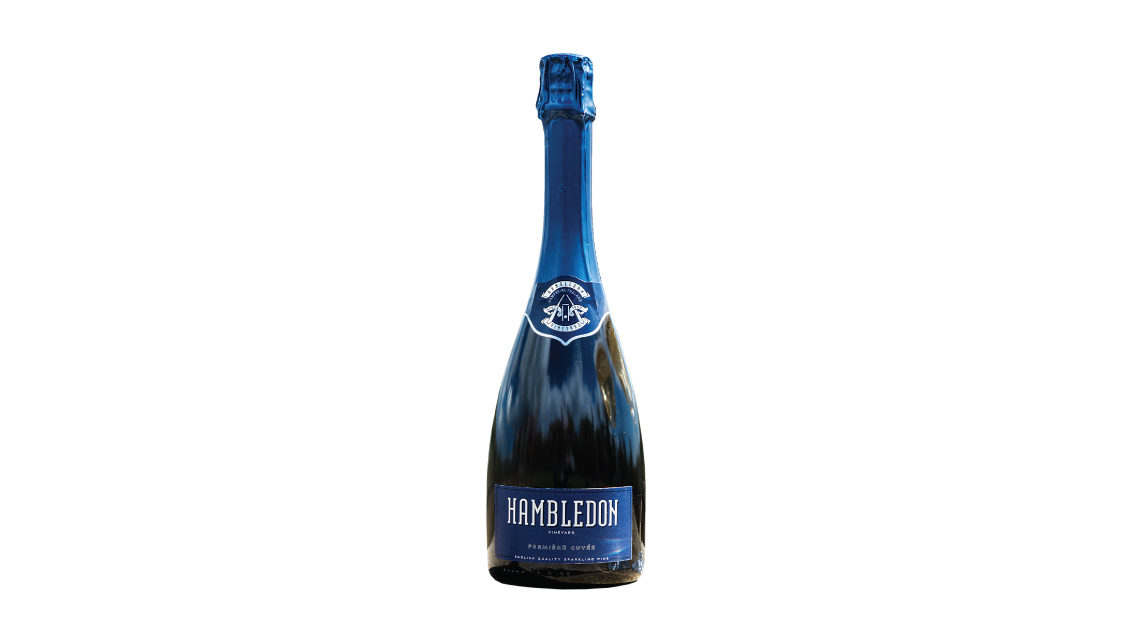
England
“I’ve never seen a category pick up importers as quickly as English sparkling did,” says James Tidwell, master sommelier and co-founder of Texsom, an influential conference of sommeliers. “It speaks to the quality of the wines.” Over the past 30 years, the bubblies have popped up in various parts of southern England, where climate change has created perfect conditions for making sparkling wine. The vintners model their businesses after Champagne, planting that region’s three grapes: Chardonnay, Pinot Noir and Pinot Meunier. “The style is close to what Champagne was 20 or 30 years ago,” says Tidwell. “Lean, crisp and focused.”
Hampshire’s Hambledon Vineyard, founded in 1952 and acquired in 1999 by former investment banker Ian Kellett, started selling sparkling wine in 2014. “He saw the potential in the chalky soils here, just like in Champagne,” says Hambledon’s education manager, Katrina Smith. She adds that the winery’s bubblies are in a “broader, richer style” than those of similar English wineries and that all the grapes come from nearby estate vineyards that Hambledon owns, giving the winery more control over the product.
The chief winemaker of another sparkling winery, Nyetimber, cautions against too simplistic a view regarding warming temperatures. “It’s really climate chaos,” says Cherie Spriggs. “In 2012 we didn’t harvest a single grape. It was the coldest conditions since we’ve been keeping records.”
And it’s the cooler-than-most conditions that are generally why people like these wines. “You don’t want too much sugar in the grapes” – a result of hot weather – “when you’re making sparkling since that all gets converted to alcohol,” says Spriggs. Nyetimber’s elegant wines have been winning blind tastings when pitted against Champagne, which is deeply satisfying for Spriggs. “That’s our benchmark.”
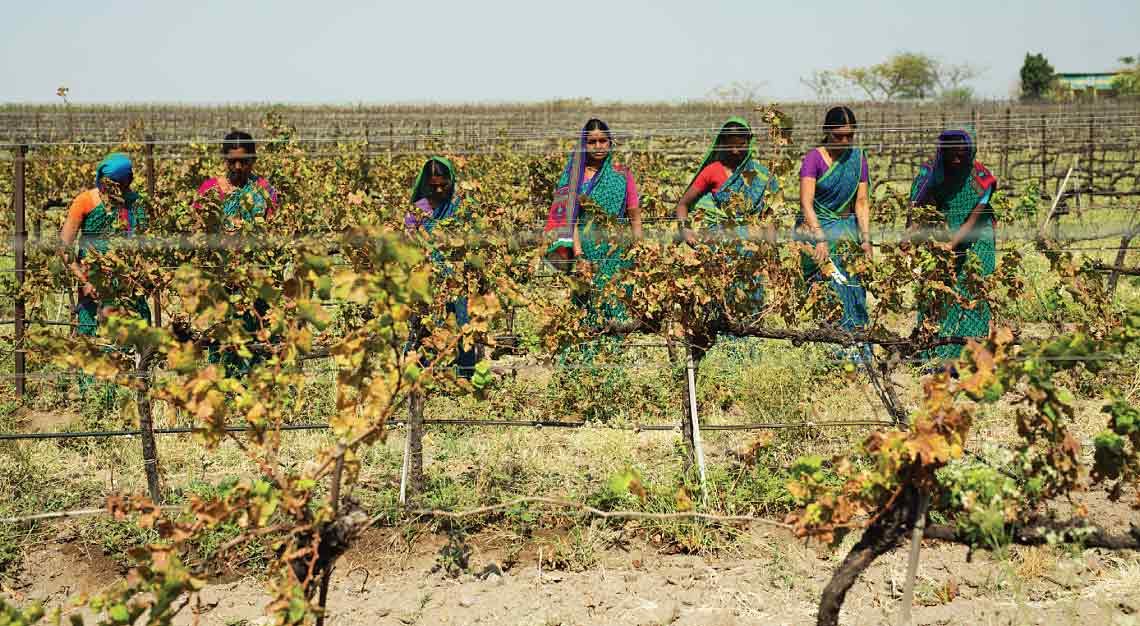
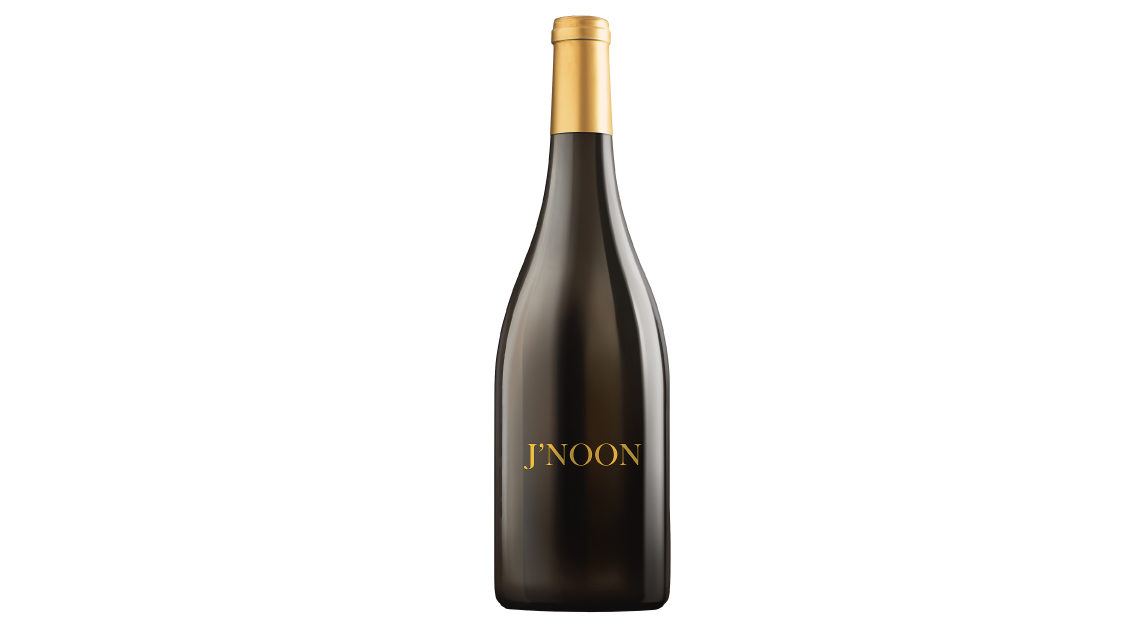
India
India has an ancient tradition of wine, but these days its production is a drop in the bucket. It’s a beer-and-spirits kind of country and has been for centuries. But thanks to some wealthy entrepreneurs, things are starting to happen.
Pharmaceutical tycoons Krishna Prasad and Uma Chigurupati established Krsma Estates in 2008 in Hampi Hills, a hot, dry inland area, which Prasad cheerfully concedes is “not a wine region”. But in his travels he stumbled upon a farmer who was growing wine grapes there and realised how good the conditions were. Krsma now produces three wines a year; its Cabernet Sauvignon is a fairly classic rendering of the grape, with beguiling cherry fruit, and has been commended at international wine competitions.
Prasad, who is based in Hyderabad, says: “We travelled in Europe and the US, thought about retiring to Tuscany or France, but then we said, ‘Let’s make good wine in India’.” Now he’s making 5,000 cases a year. “It’s a passion and a hobby for me, not a business.”
The founder of Fratelli Vineyards’ Sette label, Kapil Sekhri, has similar inspirations, especially Tuscany. But he’s taken a decidedly cooperative approach. He makes Fratelli’s wines in India, with grapes from the Maharashtra region, but he does it in partnership with Tuscan winemakers Piero Masi and the Secci family. And the wines have been praised by the respected British critic Jancis Robinson.
He also partners with French-born, Napa-based winemaker and entrepreneur Jean-Charles Boisset to make three Indian wines under the J’Noon label. “We started at the top,” Sekhri says of his collaborations. And he sounds like other terroir-driven winemakers around the globe when he adds that he doesn’t want to produce common-tasting bottlings. “We’re letting the vineyards do the talking. Just wait and see.”
